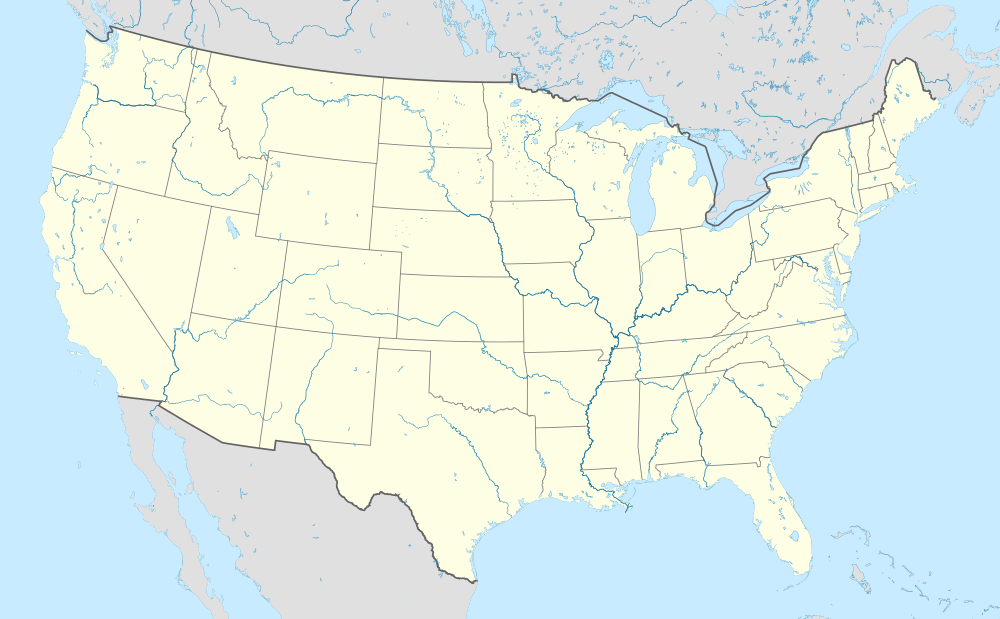|
Independent baseball league
An independent baseball league is a professional baseball league in the United States or Canada that is not overseen by Major League Baseball or its affiliated Minor League Baseball system (historically referred to as organized baseball).[1] Independent leagues have flourished in northeastern states, where dense populations can often support multiple franchises. Because they are not subject to the territorial limitations imposed on affiliated minor-league teams, independent clubs can relocate as close to affiliated teams (and one another) as they choose to. For example, the city of Lancaster, Pennsylvania, cannot have an affiliated team because of its proximity to the Harrisburg Senators and Reading Fightin Phils, leaving the Atlantic League to place a team—the Lancaster Barnstormers—to fill the void. Another example is the greater New York City metropolitan area, where there are many independent teams: the Long Island Ducks, Staten Island FerryHawks, New Jersey Jackals, New York Boulders, and Sussex County Miners. The Atlantic League considered as the top level of competition among the independent leagues,[2] and has had more marquee players than any other independent league, including Jose Canseco, Mat Latos, Steve Lombardozzi Jr., Francisco Rodríguez, Chien-Ming Wang, Roger Clemens, Rich Hill, Scott Kazmir, Juan González, John Rocker, and Dontrelle Willis. Two former Atlantic League players are in the National Baseball Hall of Fame and Museum, Tim Raines and Rickey Henderson. Gary Carter, another Hall of Famer, managed in the league. The Atlantic League has had many notable managers and coaches, including Wally Backman, Frank Viola, Tommy John, Sparky Lyle, and Bud Harrelson. The Northern League alumni include Leon "Bull" Durham, J. D. Drew, and Darryl Strawberry. History Independent leagues are those professional leagues in the United States and Canada not under the purview of organized Minor League Baseball and the Commissioner of Baseball. Independent baseball existed in the early 20th century and has become prominent again since 1993.[3] Leagues operated mostly autonomously before 1902, when the majority joined the NAPBL. From then until 1915, a total of eight new and existing leagues remained independent. Most joined the National Association after one season of independence. Notable exceptions were the California League, which was independent in 1902 and from 1907 to 1909; the United States Baseball League, which folded during its independent 1912 season; and the Colonial League, a National Association Member that went independent in 1915 and then folded.[4] Another independent league, the Federal League, played at a level considered major league from 1914 to 1915.[5] Few independent leagues existed between 1915 and 1993. Major exceptions included the Carolina League and the Quebec-based Provincial League. The Carolina League, based in the North Carolina Piedmont region, gained a reputation as a notorious "outlaw league" during its existence from 1936 to 1938.[6] The Provincial League fielded six teams across Quebec and was independent from 1948 to 1949. Similarly to early 20th-century independent leagues, it joined the National Association in 1950, playing for six more years.[4][7] Independent leagues saw new growth after 1992, after the new Professional Baseball Agreement in organized baseball instituted more stringent revenue and stadium requirements on members.[8] The Northern League and Frontier League both started play in 1993, and the Northern League's success paved the way for other independent leagues like the Texas-Louisiana League and Northeast League. Over the next eight years, at least 16 independent leagues formed, of which six existed in 2002.[4] As of the 2024 season, there are seven active leagues, with four of them acting as MLB Partner Leagues.[9] Additionally, Major League Baseball co-operatively operates the MLB Draft League, which operates as an amateur collegiate summer baseball league in the first half of each season and a professional league outside of the structure of Minor League Baseball for the remainder.[10] Current leagues
Defunct leaguesOutside of North AmericaMap of independent baseball leagues and teams in Japan
Independent baseball leagues and teams exist outside of North America, though rarer. In Japan, the Japan Independent Baseball League Organization, which consists of the Shikoku Island League Plus and Baseball Challenge League, operates independently from Nippon Professional Baseball (NPB).[11] Japan also has a variety of independent semi-professional leagues consisting of industrial teams, where the players are regular employees of the company that own the team and are additionally paid to play baseball for the company on the side.[11] South Korea also has series of small independent leagues.[12] Additionally, as of 2024, two Japanese teams without affiliation to NPB teams play within NPB's minor leagues (the Eastern League and the Western League).[11] Similarly, within KBO Futures League, the minor league of Korea Baseball Organization (KBO), there is an unaffiliated team that consists only of South Korean military personnel.[13] A select number of Japanese independent teams also participate in the off-season Miyazaki Phoenix League alongside Japanese and Korean minor league teams.
See also
References
External links |

